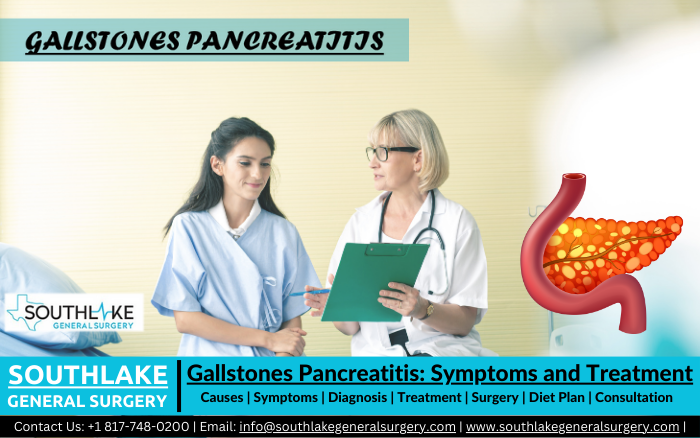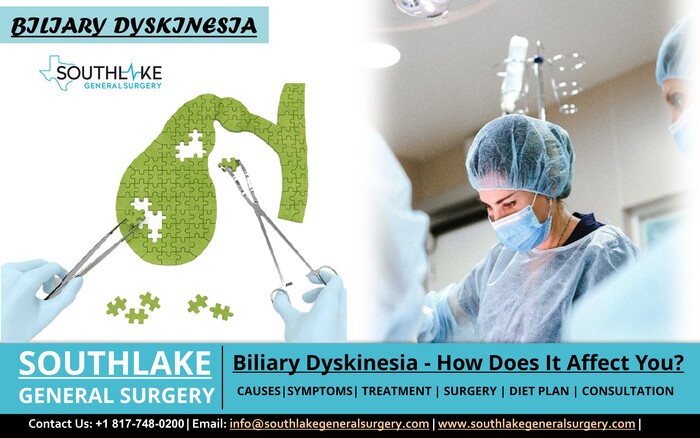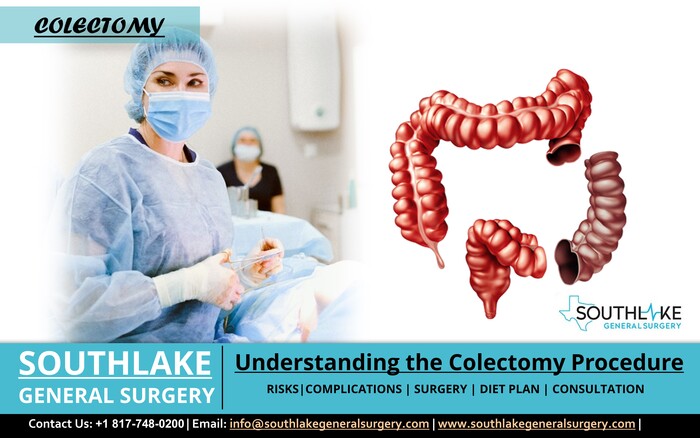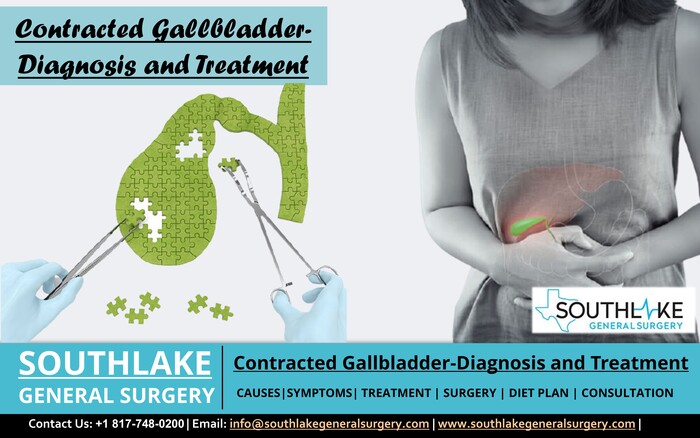Cholangitis is an inflammation of the bile ducts, which are responsible for carrying bile from the liver and gallbladder to the small intestine, and can be fatal if left untreated. Doctors, nurses, and patients alike need a thorough grasp of cholangitis since early diagnosis and treatment can reduce the risk of serious consequences.
Read More →
A sports hernia, also known as athletic pubalgia, is a disorder that can be painful and is frequently debilitating. It is common among athletes and other people who engage in strenuous physical activity. This injury happens when there is a weakening or tear in the muscles, tendons, or ligaments of the lower abdominal or groin area, causing acute pain and limited movement.
Read More →
Gallstone pancreatitis is a serious condition that develops when gallstones pass through the bile duct and into the pancreatic duct. This causes inflammation of the pancreas. This obstruction leads to inflammation of the pancreas, which in turn results in excruciating pain in the abdominal region, nausea, and vomiting.
Read More →
Gallstones can be a painful and debilitating condition, but there are many different treatment options available to patients. The type of treatment that is chosen will be determined by several factors, including the size and position of the stones, as well as the severity of the symptoms.
Read More →
Gallbladder cancer is uncommon and can be challenging to diagnose and cure. Even though it is not as common as other types of cancer, it is still crucial to know the risks and symptoms connected with it.
Read More →
A clinical syndrome known as biliary dyskinesia (BD) is characterized by pain or discomfort in the right upper abdomen, nausea, and vomiting. Gallstones, infections of the biliary tract, and spasms of the sphincter of Oddi are the three conditions that are most frequently responsible for BD.
Read More →
A colectomy is a major surgical surgery that calls for a significant amount of time spent both getting ready for the operation and recovering afterward.
Read More →
Patients with hyperthyroidism are at risk for developing a thyroid storm, a rare but potentially fatal illness. Extremely high levels of thyroid hormones can induce a variety of symptoms in susceptible individuals, including high body temperature, rapid heart rate, nausea, vomiting, and mental clouding.
Read More →
Laparoscopic hernia repair surgery is a surgical method used to treat abdominal wall hernias. This is a minimally invasive surgical procedure. During this process, the patient’s abdomen will be punctured with a few tiny holes to make room for the insertion of a thin, lighted tube known as a laparoscope.
Read More →
Hypothyroidism is a medical condition that is caused by an underactive thyroid gland and is characterized by a wide range of symptoms, such as fatigue, weight gain, constipation, hair loss, mood swings, and more.
Read More →
The kidney failure treatment known as Peritoneal Dialysis (PD) is a type of dialysis. The lining of the peritoneal cavity (the abdominal cavity) serves as the membrane through which excess fluid and waste are expelled.
Read More →
Parathyroid cancer, or parathyroid carcinoma, is a rare form of cancer that affects the four parathyroid glands found in the neck. These glands are responsible for producing parathyroid hormone, which regulates the body’s calcium levels.
Read More →
An organ or tissue that has become trapped in a hernia and cannot be pulled back into the abdomen is known as incarcerated hernia. This is a serious medical condition that requires immediate medical attention as it can cause extreme pain, swelling, and even internal bleeding.
Read More →
An incisional hernia is a bulge or protrusion that occurs at the site of previous abdominal surgery. The bulge consists of abdominal contents, including the intestine and/or omentum, pushing through the weakened area of the abdominal wall. In medical terms, incisional hernias are sometimes also known as ventral hernias.
Read More →
A contracted gallbladder is a medical condition in which the
gallbladder becomes smaller and harder. This condition is also known as
gallbladder atrophy. This can happen for several reasons, but most often it is
due to the build-up of cholesterol and other fatty deposits on the gallbladder
walls.
Read More →
Gallbladder calculus plus acute cholecystitis is a condition that arises when the gallbladder becomes inflamed. This may be due to a variety of reasons, but most commonly it is caused by the presence of stones in the gallbladder.
Read More →
















